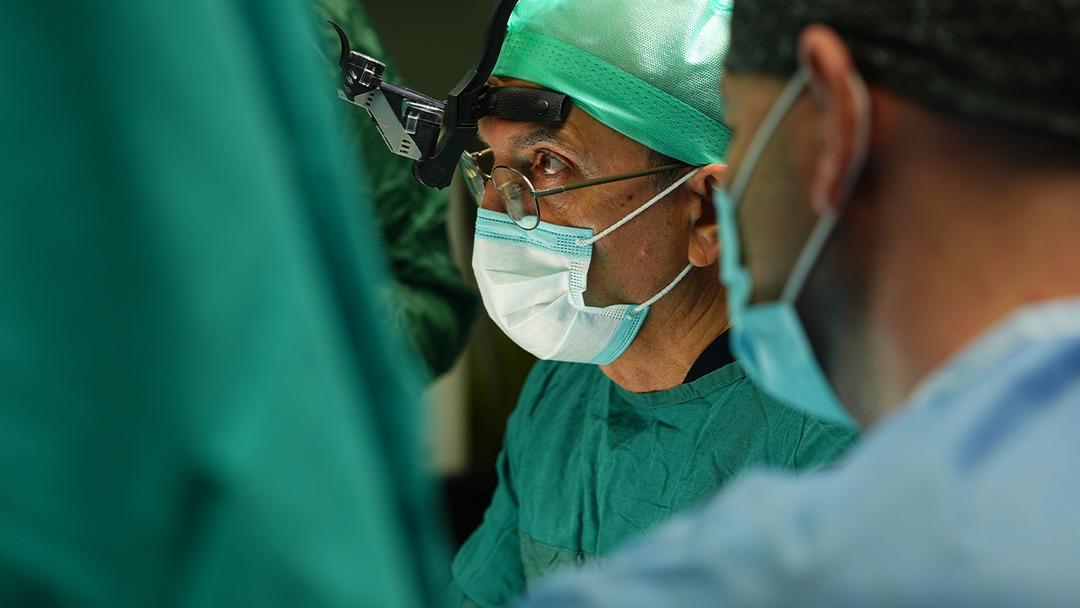Don't let urinary tract stenosis take over your life!

Urethral stricture, which reduces the quality of life, is much more than a simple narrowing of the urinary tract. This serious health problem carries the risk of turning into a chronic problem that the patient will struggle with for the rest of their life if incomplete or incorrect interventions are made.
Medipol Koşuyolu University Hospital Urology Specialist Prof. Dr. Selami Albayrak stated that the most effective solution that will permanently relieve the patient of this problem in recurrent strictures is the open urethroplasty method.
A PAINLESS BUT PAINFUL PROCESSExamining the urethra in all its aspects, Prof. Dr. Albayrak said, "The urethra is the tube that carries urine from the bladder to the outside environment. Any narrowing of this channel makes it difficult to discharge urine. The most common causes of narrowing include sexually transmitted infections, physical traumas and foreign objects such as catheters placed in the urinary tract. The urethra is a very delicate organ, and it reacts strongly to even the slightest trauma." Prof. Dr. Albayrak said that symptoms should be noticed and evaluated before they become severe.

Stating that the first intervention in urethral strictures is usually done with closed methods, Prof. Dr. Albayrak said, “The stricture can be opened with the endoscopic method. However, this procedure carries a risk of frequent recurrence. If a stricture has recurred after an endoscopic treatment, open urethroplasty should definitely be performed. The open urethroplasty method recommended in recurring cases is based on the principle of completely removing the area where the stricture is and reconnecting the healthy ends. If the stricture has spread over a very long distance, a patch is applied to the area. This patch is usually made with hairless skin or tissue taken from the oral mucosa.” Prof. Dr. Albayrak said that the success rate in treatments performed with this method is quite high.

Prof. Dr. Albayrak concluded his speech as follows:
"The treatment method to be applied is determined by many factors such as the patient's age, the location and length of the stenosis, previous surgeries, and the condition of the tissues. Therefore, the treatment needs to be planned specifically for the individual. Not every treatment method gives the same results for every patient. The important thing is to apply the right method to the right patient."
mynet



